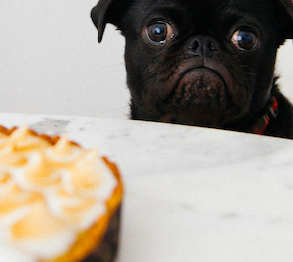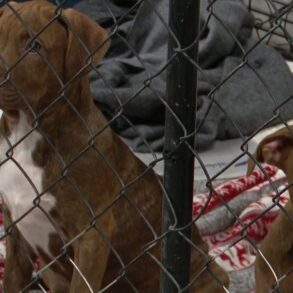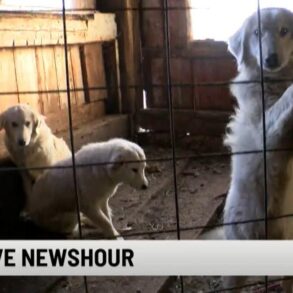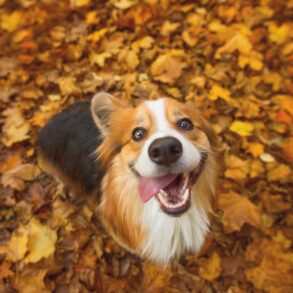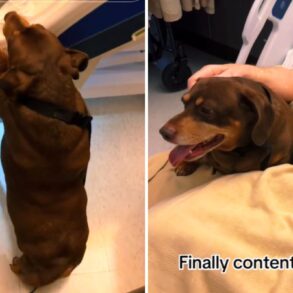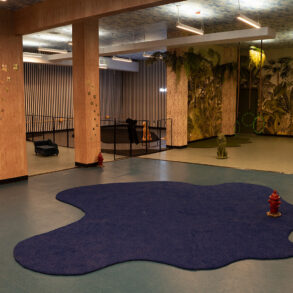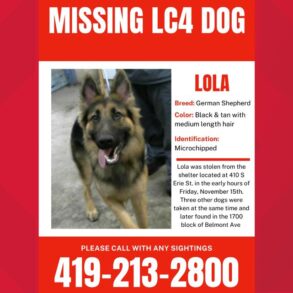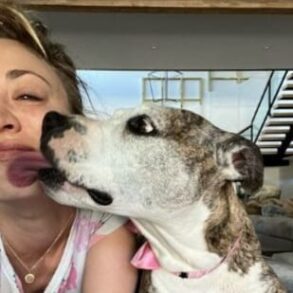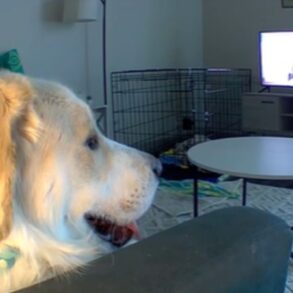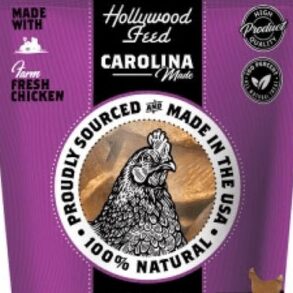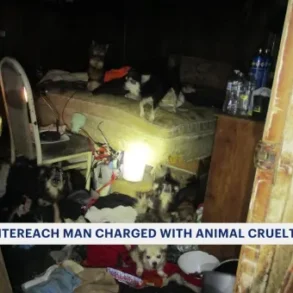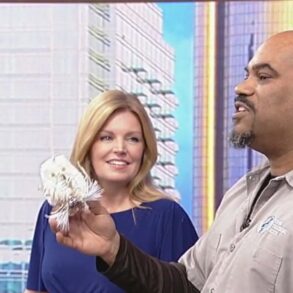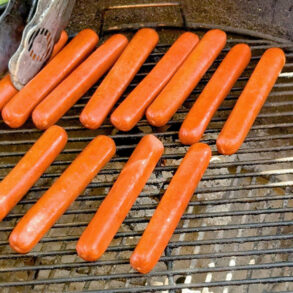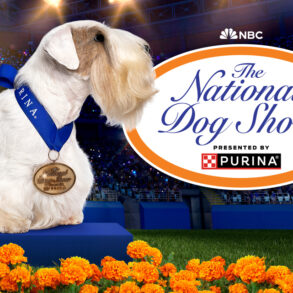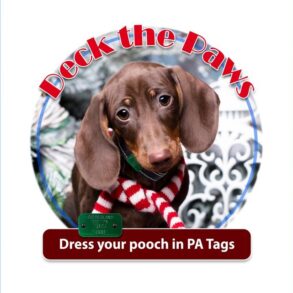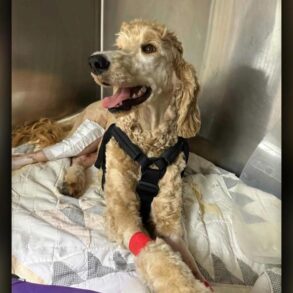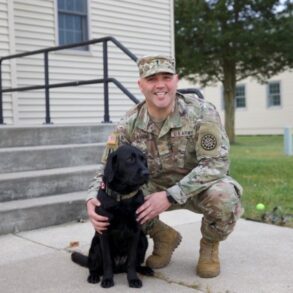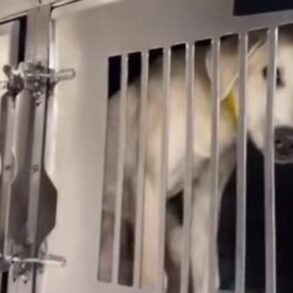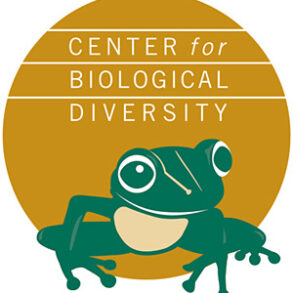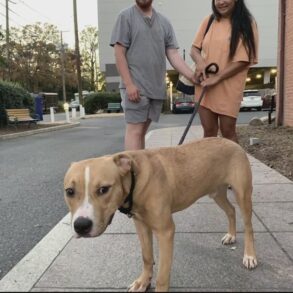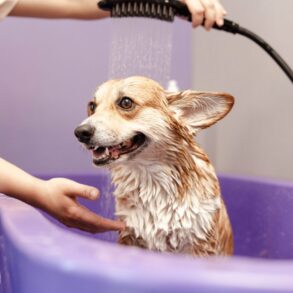We’ve all been there: You’re enjoying a snack, and your dog is giving you the look. You know the one—those big, soulful eyes silently begging for a bite of whatever you’re eating. But before you share, it’s important to know that not all human foods are dog-safe. In fact, some can be downright dangerous for your furry friend.
“While sharing your food with your dog can be a heartwarming gesture, it’s important to remember that not all human foods are safe for our furry friends,” says Dr. Emily Hartman, a veterinarian based in California. “Some foods that are harmless to us can cause serious health problems for dogs, so it’s always best to stick to dog-friendly treats.”
So, the next time your dog gives you those irresistible puppy eyes, take a moment before sharing your snack. To help you make the right call, we’ve rounded up 15 common foods that are toxic to dogs. Some of these might surprise you, but they’re all important to know. Let’s dive in!
1. Chocolate
Ah, the classic no-no. Chocolate contains theobromine, which dogs can’t metabolize like we can. Dark chocolate and baking chocolate are especially dangerous, so keep those brownies to yourself.
2. Grapes and Raisins
Even a small amount of grapes or raisins can cause kidney failure in dogs. And no, scientists still don’t know why they’re so toxic—but we do know it’s not worth the risk.
3. Onions and Garlic
These kitchen staples contain thiosulfates, which can damage your dog’s red blood cells and cause anemia. Even cooked or powdered versions are off-limits, so no sneaking them leftovers from your spaghetti night.
4. Avocado
Avocados are packed with healthy fats—for humans. But for dogs, the persin found in avocados can cause vomiting, diarrhea, and even heart issues if consumed in large amounts.
5. Xylitol
This sugar substitute is often found in sugar-free gum, candies, and even peanut butter. For dogs, xylitol can cause a dangerous drop in blood sugar and liver failure.
6. Alcohol
It might seem obvious, but even small amounts of alcohol can have serious effects on a dog’s liver and brain. So, no sips of beer or wine for Fido!
7. Macadamia Nuts
Macadamia nuts can cause weakness, vomiting, tremors, and even paralysis in dogs. These nuts are definitely better left as a treat for you—not your pup.
8. Caffeine
Coffee, tea, energy drinks, or anything caffeinated can overstimulate your dog’s heart and nervous system. Think of it as a super-charged version of what chocolate does to dogs.
9. Raw Dough
If your dog gets into raw bread dough, the yeast can expand in their stomach, causing painful bloating. Even worse, the fermentation process produces alcohol, which can lead to poisoning.
10. Cooked Bones
Raw bones are often okay in moderation, but cooked bones can splinter easily and cause choking or damage to your dog’s digestive tract. Always stick to dog-friendly chews instead.
11. Fat Trimmings
Greasy fat trimmings from your steak might seem like a treat, but they can lead to pancreatitis—a painful and potentially serious condition for your dog.
12. Salt
Too much salt can cause excessive thirst and urination in dogs, and in severe cases, sodium ion poisoning. So, no potato chips or salty snacks for your pup!
13. Dairy Products
Many dogs are lactose intolerant, which means that milk, cheese, and ice cream can lead to upset stomachs, gas, and diarrhea.
14. Peaches, Plums, and Cherries
The flesh of these fruits is safe in moderation, but their pits contain cyanide, which is toxic to dogs. Always remove the pits before offering any fruit to your pup.
15. Nutmeg
Nutmeg contains myristicin, a compound that can cause hallucinations, increased heart rate, and seizures in dogs. Definitely not the kind of spice they need in their lives!
What to Do If Your Dog Eats Something Toxic
Accidents happen, and sometimes those sneaky pups manage to snag something they shouldn’t. The important thing is to act fast.
“If you suspect your dog has eaten something toxic, don’t wait for symptoms to appear,” says Dr. Emily Hartman. “Time is of the essence, and the sooner you act, the better chance you have of minimizing harm. Always contact your veterinarian or an emergency pet poison hotline immediately for guidance.”
Be sure to provide details about what they ate, how much, and when—it’ll help the vet determine the best course of action.
While it can be tempting to share your snacks with those pleading puppy-dog eyes, it’s always better to play it safe. Stick to dog-approved treats and keep these toxic foods out of reach. After all, your pup deserves a happy, healthy life—and plenty of belly rubs.

Tierney McAfee is a freelance writer and Country Living and The Pioneer Woman contributor who covers entertainment, holiday & entertaining, food & drinks, design ideas, DIY, and more.
This post was originally published on this site be sure to check out more of their content.



